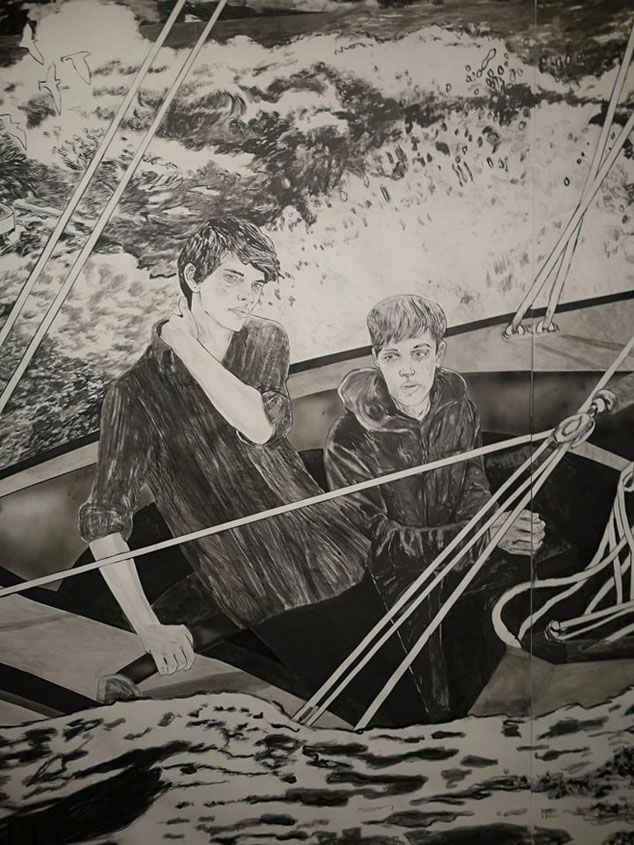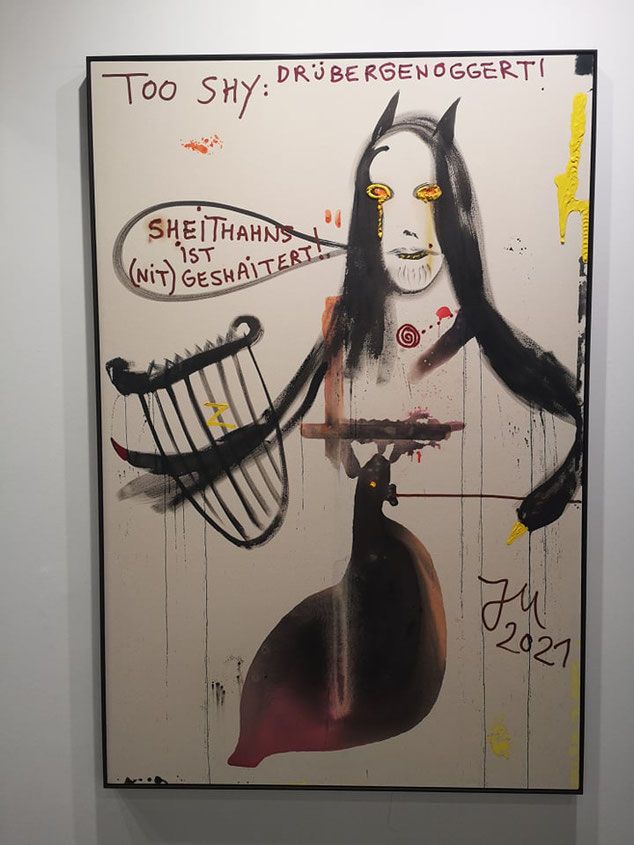the end game: the contemporary art market between consolidation and growth
During a recent business trip to Paris, where one of my missions was to support the growth strategy of a remarkable new gallery business model*, I had the opportunity to exchange with brilliant business leaders of the art market, gallery owners and art dealers around FIAC (www.fiac.com). It was not a big surprise that my summarized picture of the art market after Art Basel 2021 got proved (www.viable.design/2021/09/28/art-market-special-fair-experiences-for-future-growth/). Interestingly enough, during these discussions I found out more about the dynamics of the current art market. Especially in the top end sector, which I regard as sharable with my readers.

About me and my motivation:
Having been a contemporary art collector for more than 20 years and an art advisor during the last 10 years, the organizational development of galleries was never of great interest to me. But recent projects in the art market made me curious and skilled me up: Today’s art market is facing a kind of end game which will decide about its future of either being a growth industry or a niche market.
Detlef Schmidt, Paris in October 2021 (self-portrait)
For the experts it is no big news that the long expected consolidation of the art market is in full swing. In contrast, the very top end market is facing different challenges: We see top end galleries shifting more in the art dealer role than taking the function of further developing talents. This highly competitive market around acquiring artworks from established artists on the secondary market is regulated by the shortage of supply. We see market prices on the rise, without any realistic limits at sight. Finding new ways in acquiring artworks seems to be the main challenge. But if you take a closer look at the real challenges of major galleries, the situation becomes all of a sudden more complex. Driven by inflation pressure, operating costs (HR, facilities) are on the rise. Bringing these costs under control is a tough endeavor and pretty much impossible as current business models cannot be quickly adapted. So the only solution to keep the status is growth, especially in times when the needed business model resilience is missing.
Growth can be a risky endeavor in current times. In comparison with other industries with the same level of revenue generation, capital resources in the art market are historically relatively small. Therefore, financing the growth path is the challenge of the hour and for the next years to come. But where to start in order to find solutions? Private equity, mezzanine capital and other financing instruments can be potential solutions for backing the top end market segment. Solving these management challenges should lead into discussions around new business models, new governance and new management qual- ities. Once this is done in the correct manner, a lighthouse effect on the whole market can be the result. On the other hand, reaching organic growth by a traditional gallery approach (identifying talents and developing artists) becomes also a capital-intensive endeavor that takes time and offers no guarantee for future success. Therefore, an efficient governance is needed as well, including new structures and new go-to-market strategies.


New buying power and NFTs
As the growth for new artists lies in the b2c (business to consumer) segment, especially younger collectors need to be addressed wisely (compare www.viable.design/2021/09/28/art-market-special-fair-experiences-for-future-growth/). Since the buying and consumer behavior of this target group (“persona”) has dramatically changed over the last decade, NFTs all of a sudden are playing a decisive role in today’s art market end game. The great superpower of NFTs is, that they offer solutions for solving structural problems of the art market:
- NFTs can be a viable solution for growth, especially among new buyer groups.
- NFTs can act as a price effective route-to-market.
- NFTs can be a financing instrument for galleries to support growth in other portfolio areas.
In summary, NFTs offers top end galleries the chance to more actively control and manage their future business and thus become less dependent on the price war on the secondary market.
Now it is about time to do the long overdue homework in the art market. The major tasks are to prepare the ground for growth by investing in new business models, shaping strategies and start updating a solid infrastructure (both organizational and technical). The year 2022 is offering the art market a chance for becoming a make or break year. Let’s face the challenge and grow the sparc of growth.

* Since 2019, The Spaceless Gallery offers a virtualized nomad concept right in time to prove its resilience during the pandemic. The owner and managing director, Béatrice Masi, has been doing a remarkable job by anticipating social trends and adding intuition, which brought her to the tipping point at a very fast pace. More under www.thespacelessgallery.com
teilen